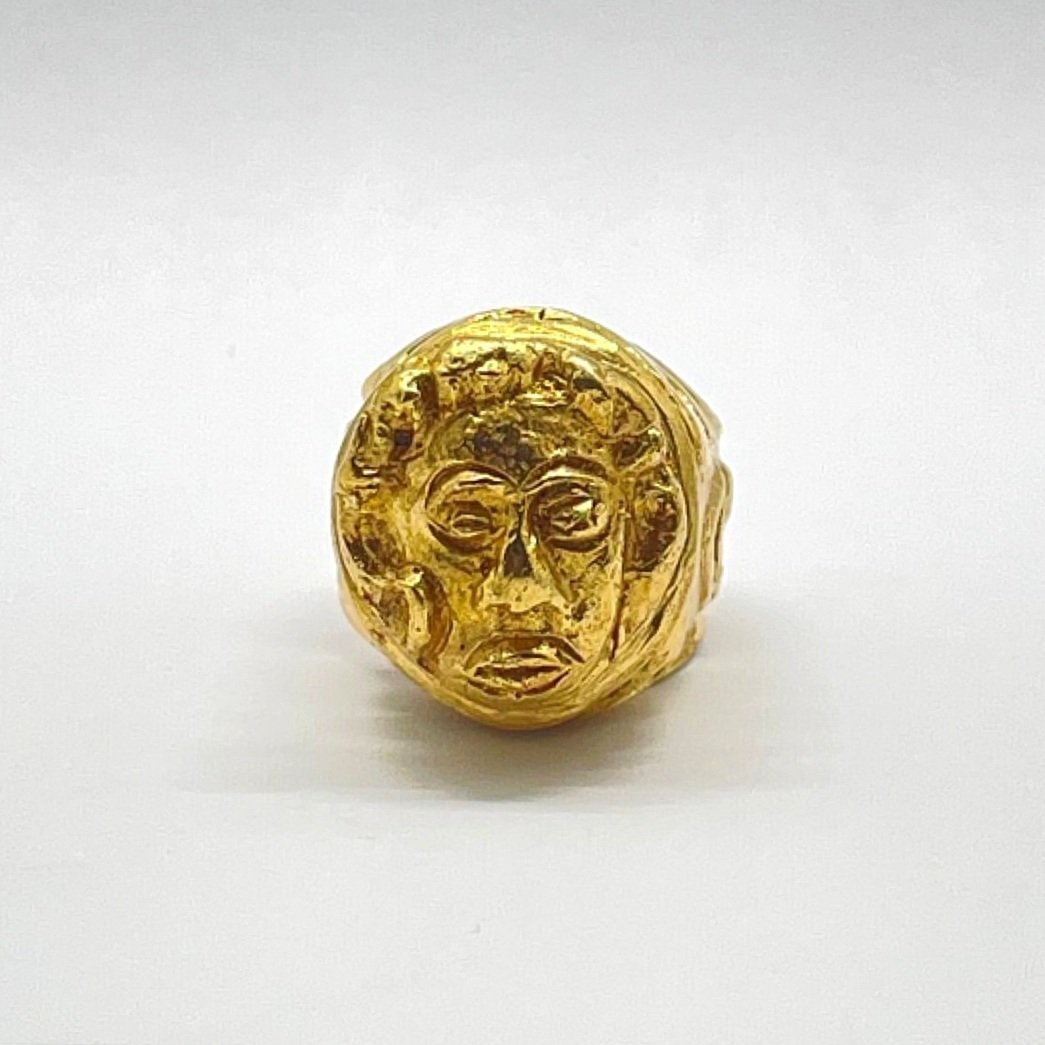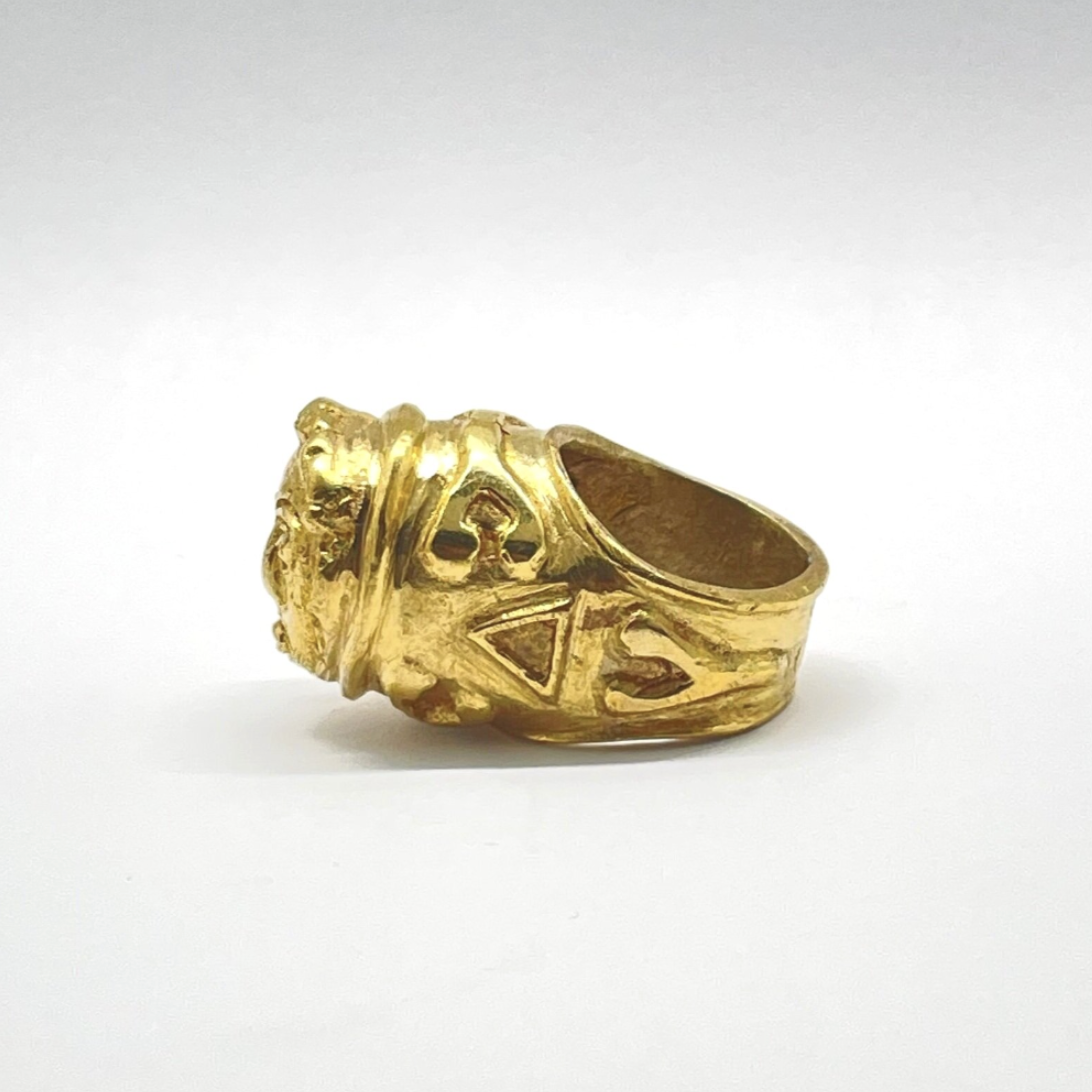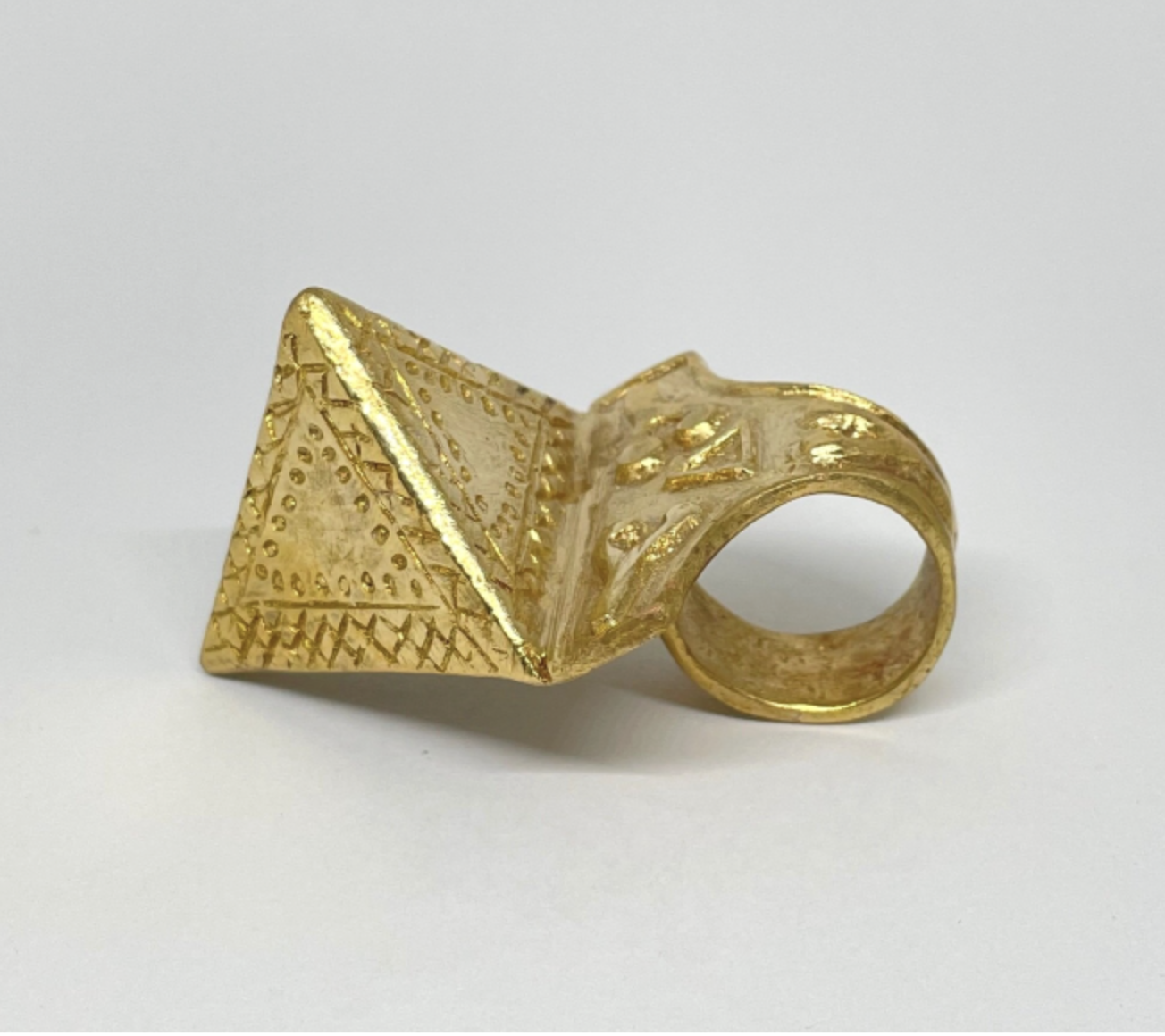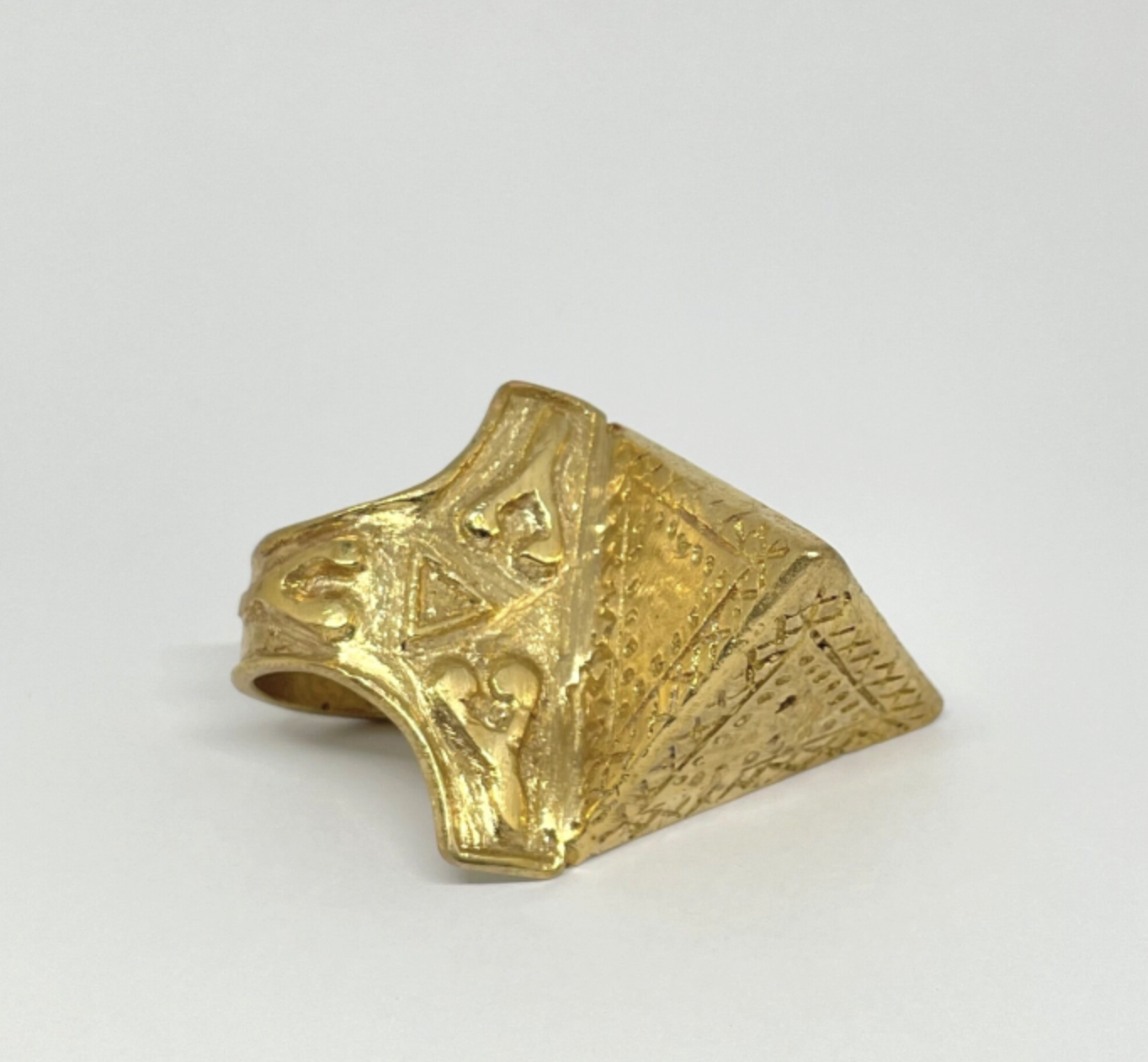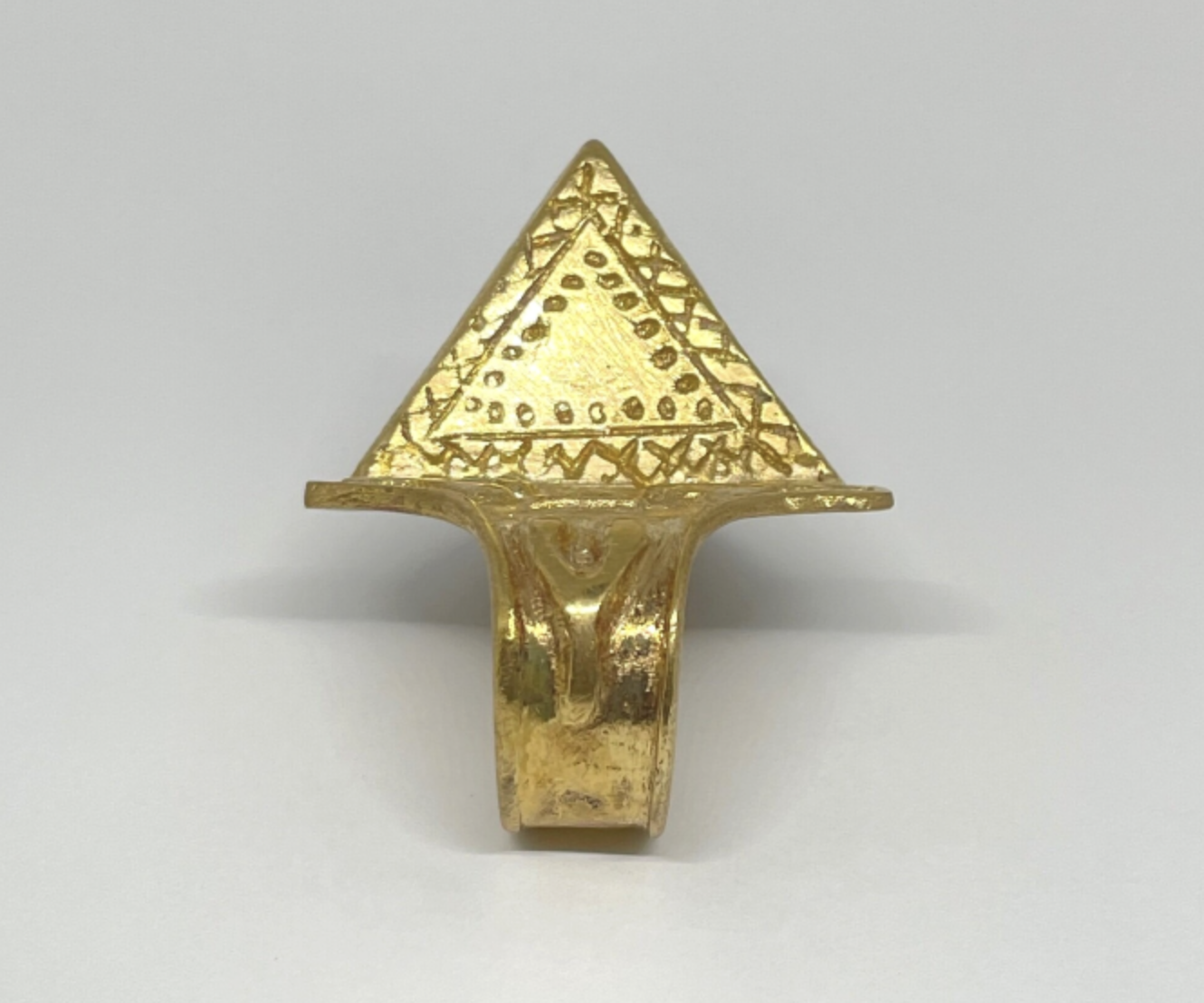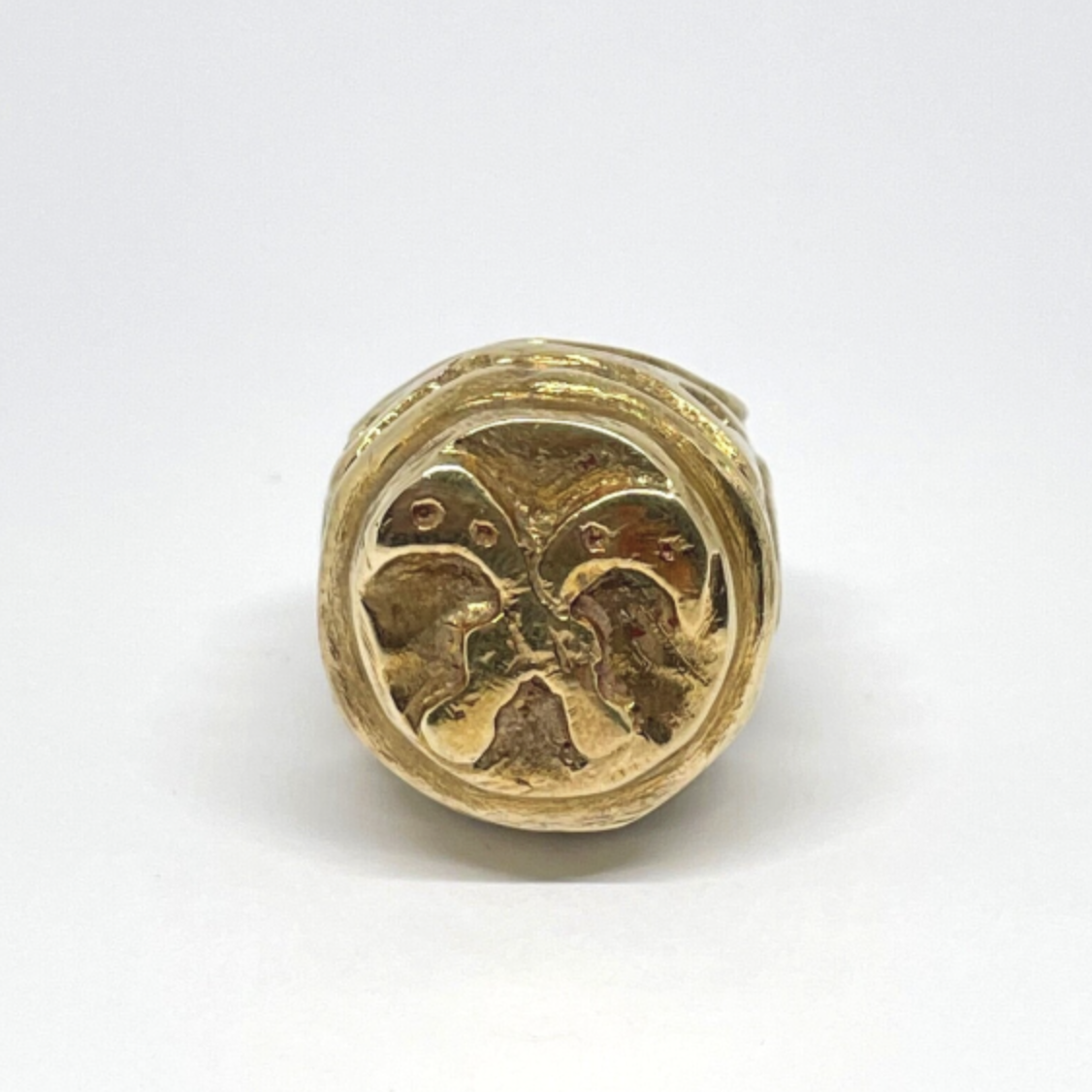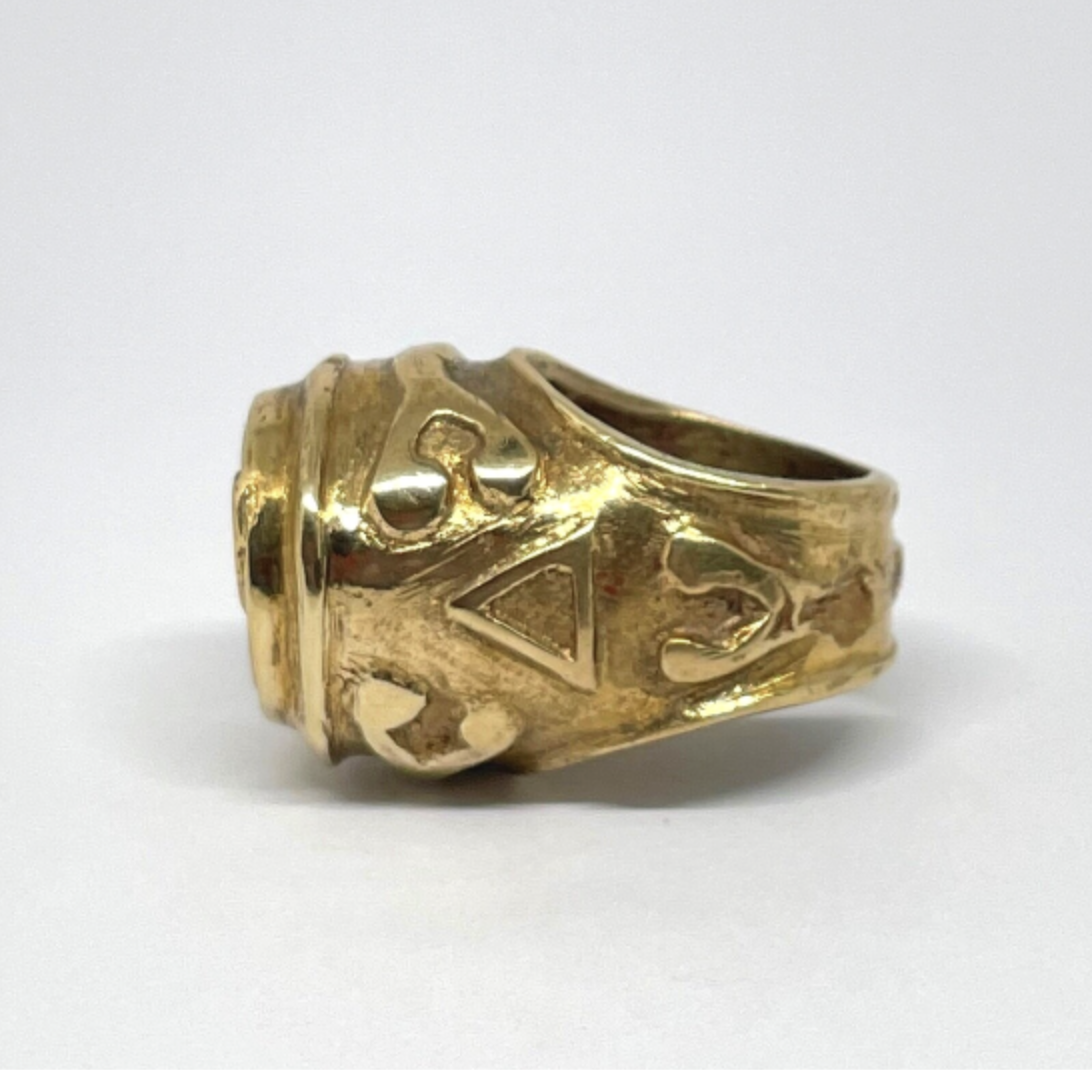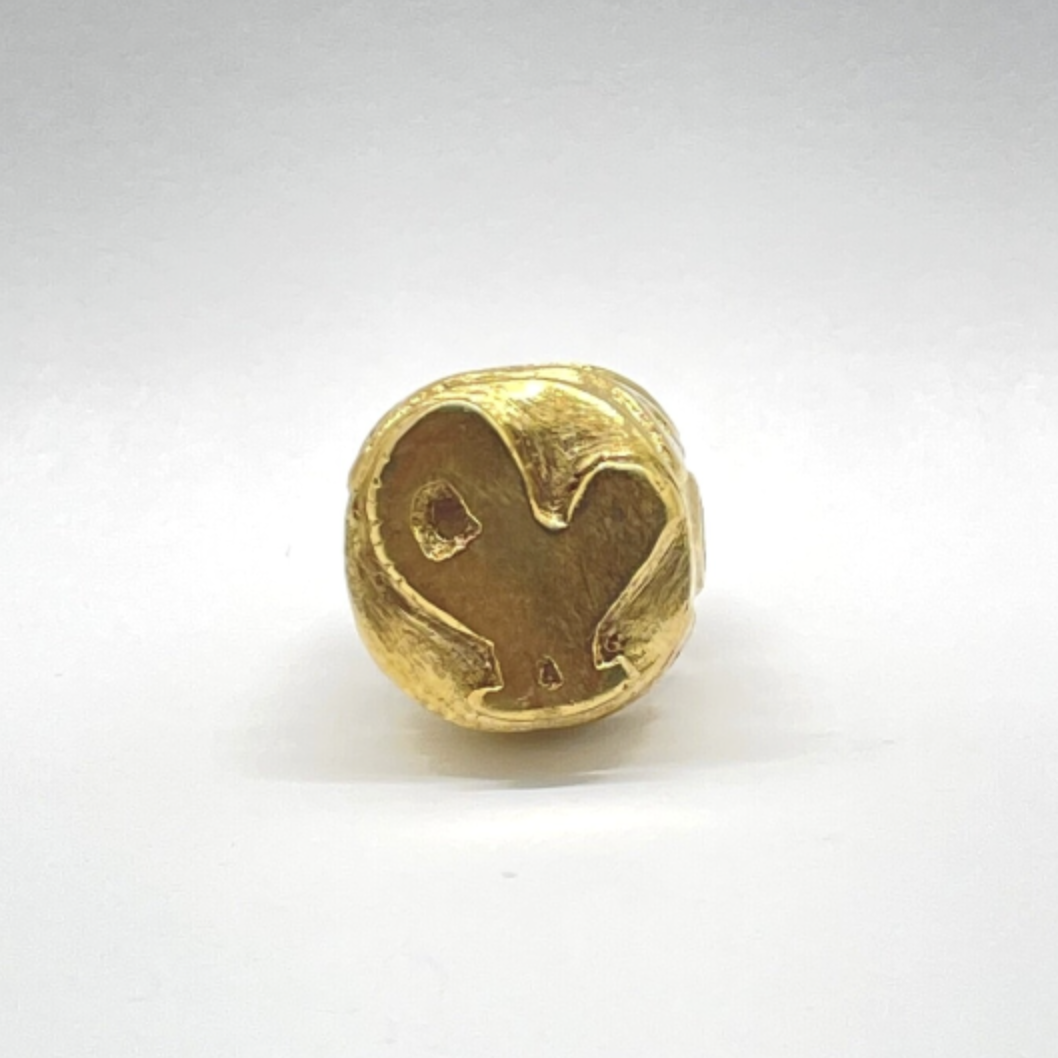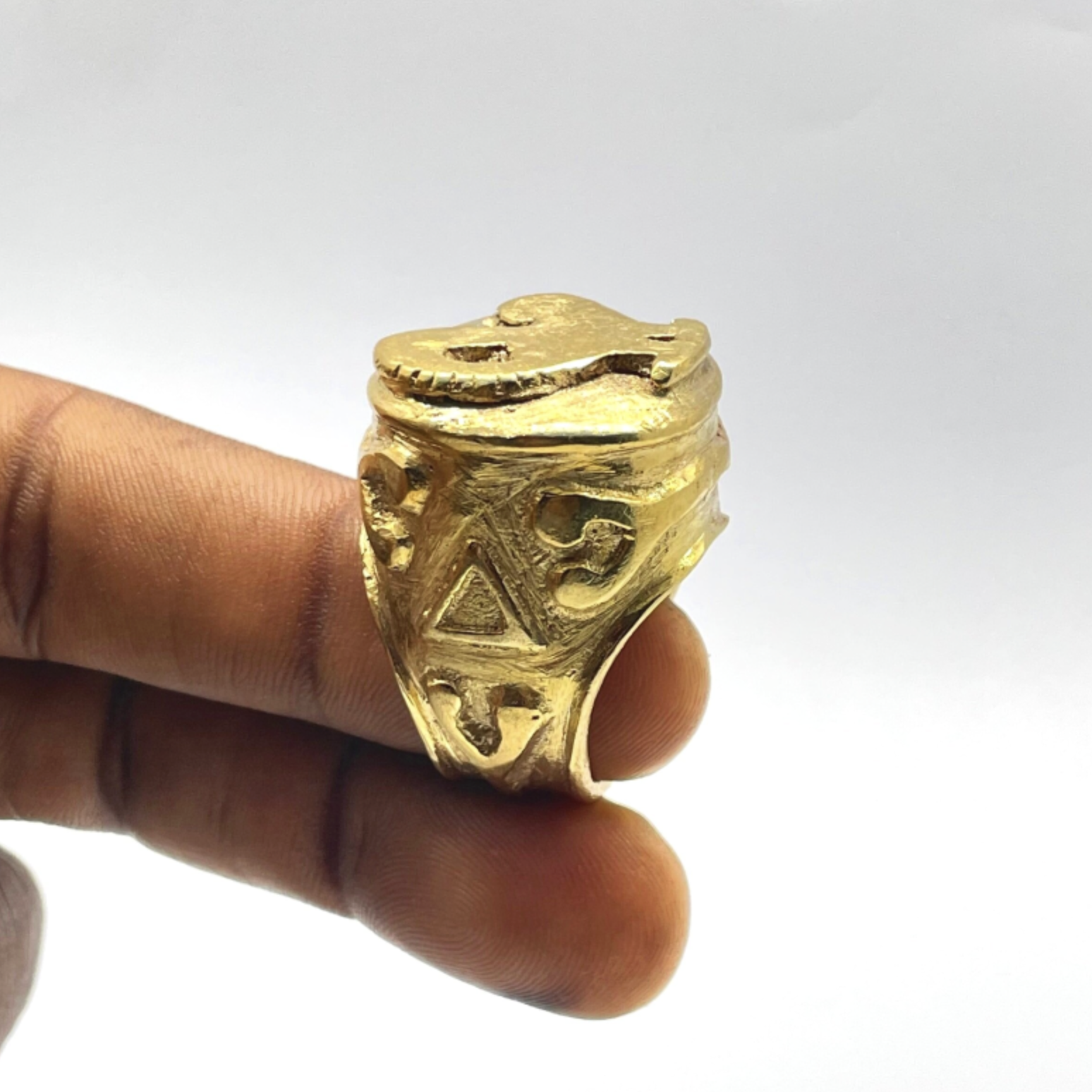
Collaborative showcase - Nu-ga Ahodeɛ
The unraveling of Ananse’s reflection
The Unraveling of Ananse’s Reflection is a part of a larger installation by artist, Nii A.K for the Presentation of “a divination of enjoyment”.
Nii.a.k's (Allen Kwabena Frimpong) body of work is about practicing ritual as a conceptual artist utilizing cultural design and production through resourceful cooperative equitable practices. Through his processes he produces multimedia anthologies as a form of political education via his art. Nii.a.k, whose roots trace back to the Ga and Asante peoples, grounds his experimental work as a reprisal and evolution of spiritual work rooted in the famous trickster folklore tales of ananse the spider that expands across the Black diaspora with origins among the Akan-Asante people in Ghana, West Africa.
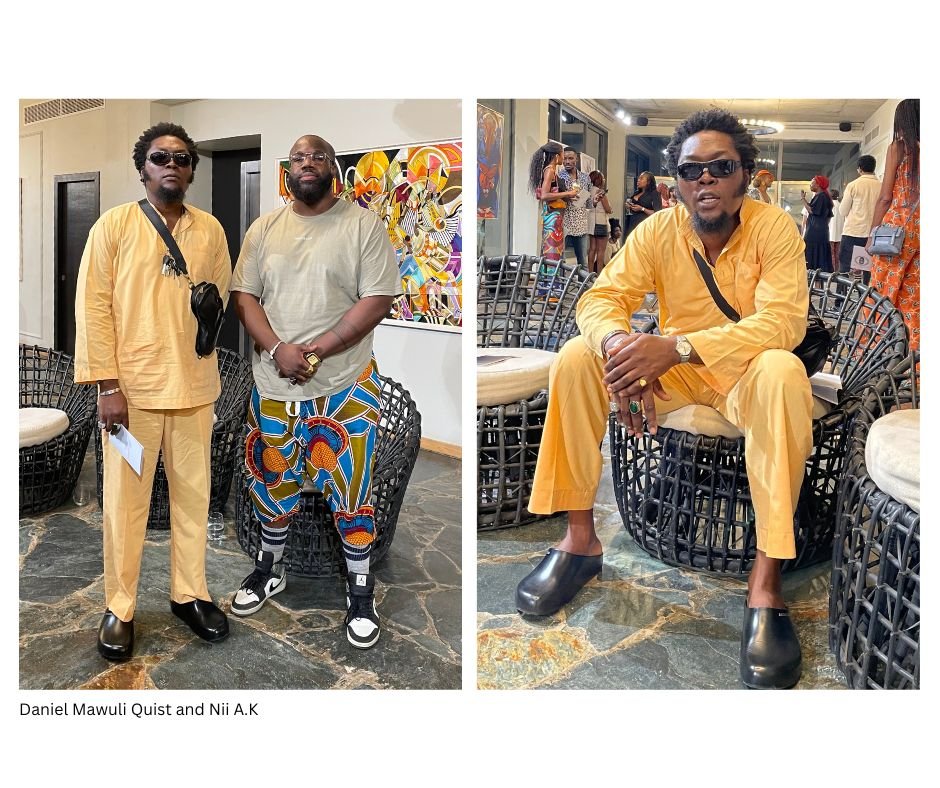
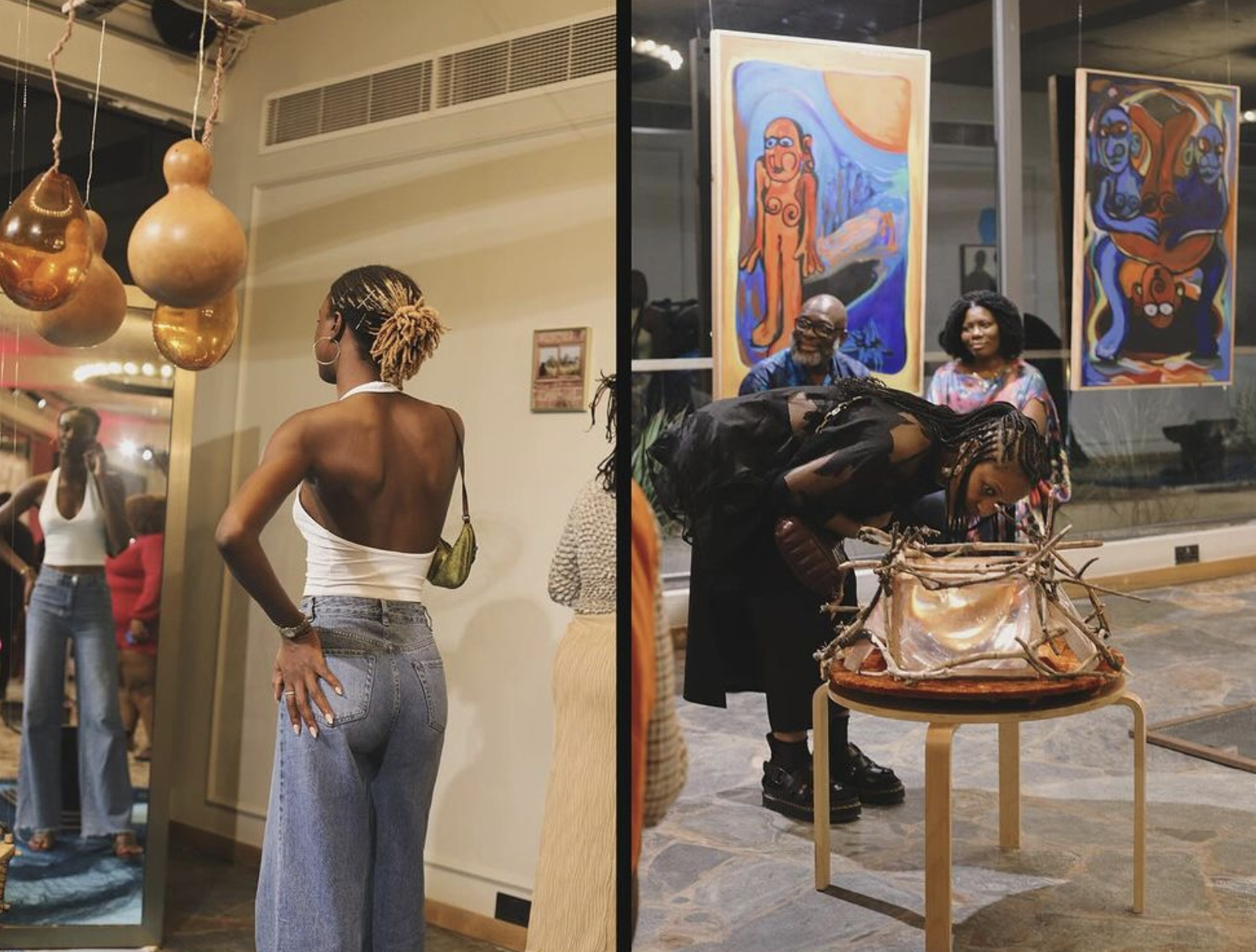
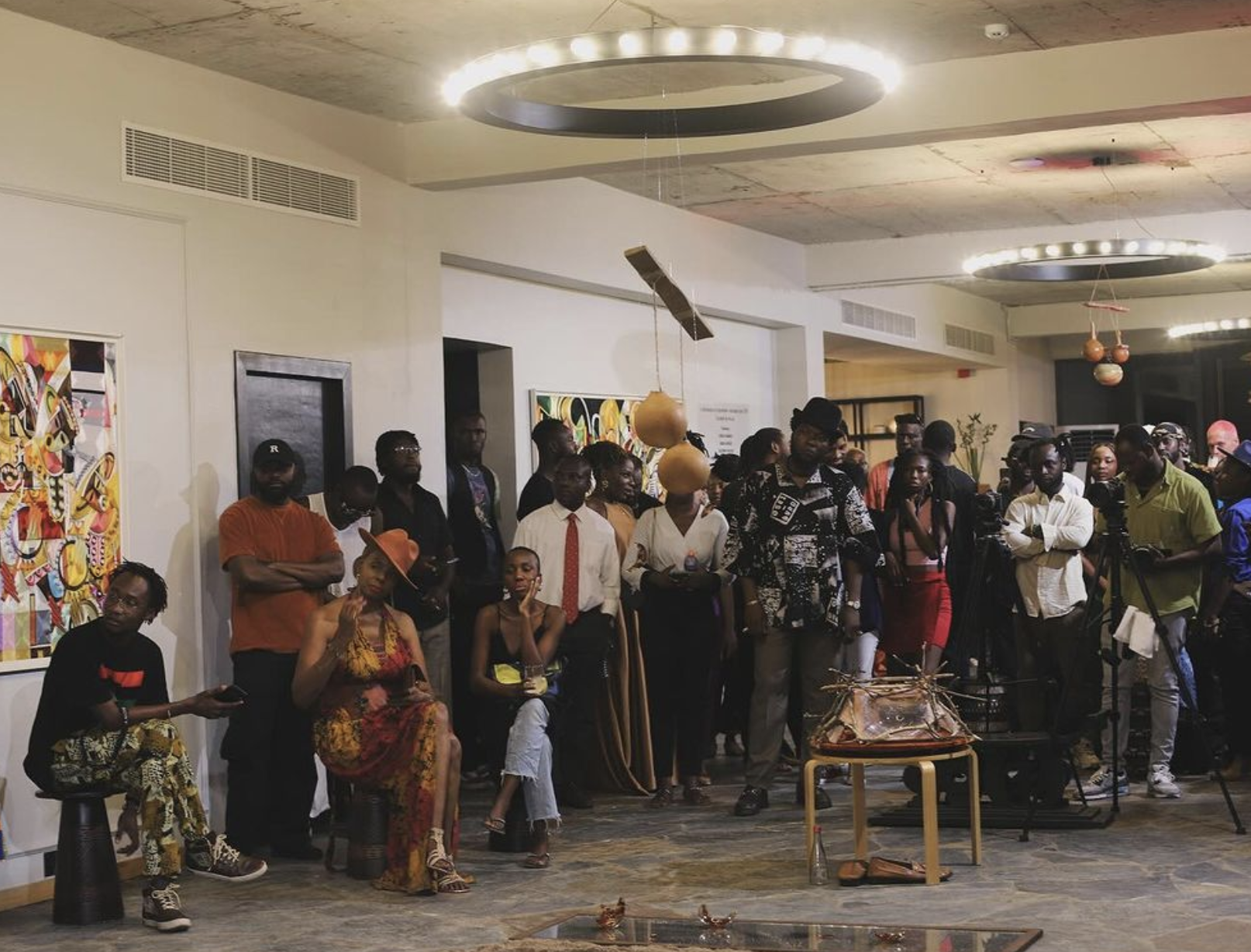
INSTALLATION
This installation is an ode by Daniel Mawuli Quist to the eyes of spiders and their tales that span across cultures. This shrine was raised in protection of all the stories of Ananse and magnifies the jewels that exist in its bosom. The individual pieces contain the recorded histories of yesterday and the foretelling of moments to come. It is in this voice that the work connects with Nii A.K’s vision of The Unraveling of Ananse’s Reflection.
NU-GA AHODEƐ
Since the dawn of humans, we have always found ways to express our deepest thoughts and desires. Adornment as language is one such form. In our journey with verbal communications, we noticed our limitations and we found visual forms to expound on the vastness of our discoveries. Symbols and marks elevated our stories told by the fire side. Africa has a long, rich and deep history, only for our forms of recording to be invalidated by systemic oppressive engineers. Their stories became our history, losing our vast wealth of knowledge in the fine prints.
- Nu-Ga is an anglicized ewe phrase “nu gãwo” which translates as “big things”.
- Ahodeɛ is a twi word that translates as “treasure”.
This body of work exploits the limitation of English language and its role as the dominant voice in displacement of our education. In exploring the possibilities of an alternative recorded history, I excavate these pieces and analyze the combination of Ewe and Twi Symbols inscribed upon them.
- Ewe is anglicized “Eʋe” which is people located in the southeast of present day Ghana and parts of Togo and Benin. The language spoken is “Eʋegbe” which translates ewe language.
- Twi is a popular language spoken by the Akan people of Ghana and parts of Côte d'Ivoire.
The Eʋe symbols are called “Eʋedzesi” and the Akan symbols are called “Adinkra”.
These symbols have come to represent decorative language in our contemporary depictions, while those from other ethnicities are completely fizzling out.
In the attempt to find the disconnection, I uncover unity, valor, love, worship, spirituality and more but there are a few questions that these pieces pose to us;
• Could our collective identity be different?
• Can we tap into our collective consciousness?
• Is our current socio economic and political state cemented?
• Who do these pieces belong to?
ABOUT THE JEWELLERY PIECES
The inscriptions on the pieces depict symbols of both Ewe and Akan origins like “AKOFENA”, “SANKOFA”, “VENƆNƆ NYO”, “ATI ALƆ ETƆ”. We can also see a human face and a sculpture that closely resembles the pyramids. These pieces are made with;
Brass ( To be tough as brass )
Gold ( To be precious as gold )
Silver ( To be soft as silver )
